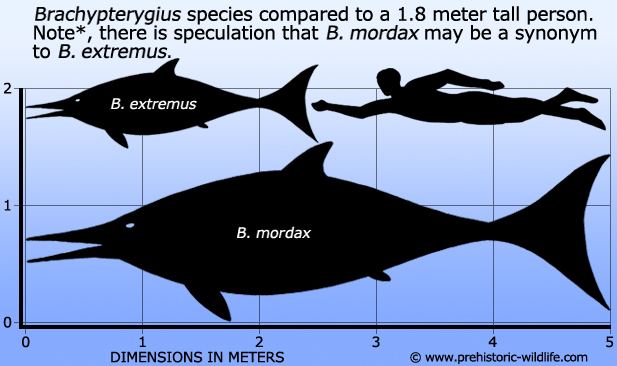 | ||
Similar Ichthyosaur, Caypullisaurus, Aegirosaurus, Ophthalmosauridae, Platypterygius | ||
Brachypterygius (meaning ″wide wing/paddle″ in Greek) is an extinct genus of platypterygiine ophthalmosaurid ichthyosaur known from the Late Jurassic of England. The type species was originally described and named as Ichthyosaurus extremus by Boulenger in 1904. Brachypterygius was named by Huene in 1922 for the width and shortness of the forepaddle, and the type Species is therefore Brachypterygius extremus. The holotype of B. extremus was originally thought to be from the Lias Group of Bath, United Kingdom, but other specimens suggest it more likely came from the Kimmeridgian Kimmeridge Clay (Late Jurassic) of Kimmeridge Bay, Dorset, UK.
Contents
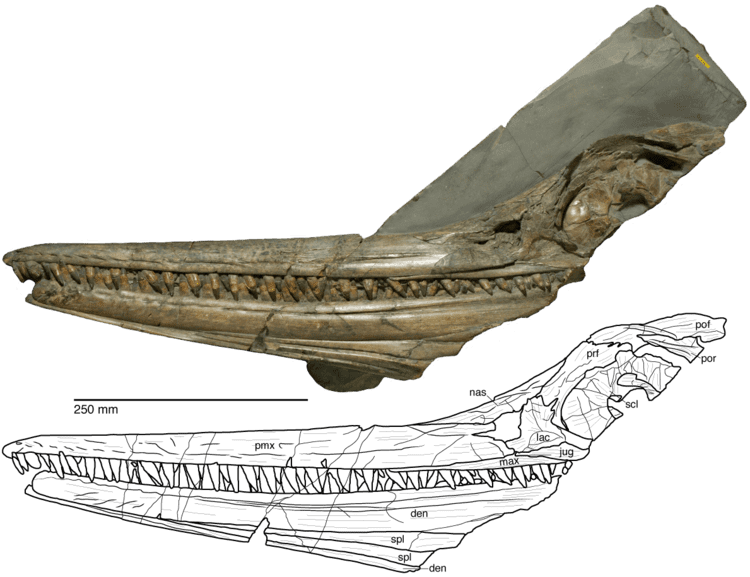
Description
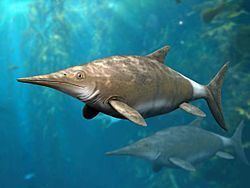
Brachypterygius is a medium to large ichthyosaur, with a skull length of 0.5–1.2 m. The snout is long, as is characteristic for ichthyosaurs, with larger and more robust teeth, and a relatively smaller eye than Ophthalmosaurus. The basioccipital has a very narrow extracondylar area. The forepaddle may have five or six digits, with the maximum phalangeal count being between 8 and 16. A key feature is the three facets at the distal end of the humerus; the middle is the smallest and articulates with the intermedium, which clearly separates Brachypterygius from Ophthalmosaurus, the most common Late Jurassic ichthyosaur.
Taxonomy
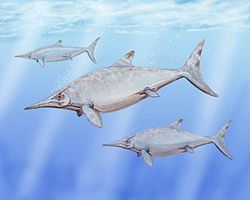
The holotype of Brachypterygius extremus is a single right forepaddle, clearly different from other Late Jurassic ichthyosaurs (e.g. Ophthalmosaurus). A large skull was discovered in the Kimmeridge Clay of Stowbridge, Norfolk, UK and named as a new genus and species, Grendelius mordax, by McGowan in 1976. More complete material from the Kimmeridge Clay of Kimmeridge Bay united these two specimens and the two genera were duly synonymised. In 2003, McGowan & Motani synonymised the two species B. extremus and B. mordax into B. extremus, considering differences in the forepaddle to be of insufficient taxonomic value.
Brachypterygius is closely related to Platypterygius and Caypullisaurus.
Previously referred to Brachypterygius
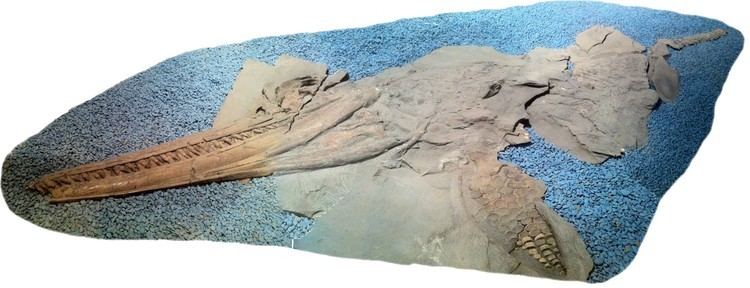
Owen (1840) erected Ichthyosaurus trigonus based upon a single dorsal vertebra (ANSP 10124) from the Kimmeridge Clay of Westbrook, Wiltshire, UK. The holotype was long thought to be lost until it was rediscovered in 1988. Many specimens were referred to Ichthyosaurus trigonus; Bauer (1898) suggested that – what are now – Ophthalmosaurus, Brachypterygius and Nannopterygius should be synonymised into Ichthyosaurus trigonus. I. trigonus was included in the new genus Macropterygius by Huene (1922), who later (1923) made it the type species of the genus. Nowadays, I. trigonus (and hence Macropterygius) is a nomen dubium because its holotype is indistinguishable from other ophthalmosaurids. (McGowan and Motani mistakenly stated that I. trigonus may be synonymous with Ophthalmosaurus icenicus)
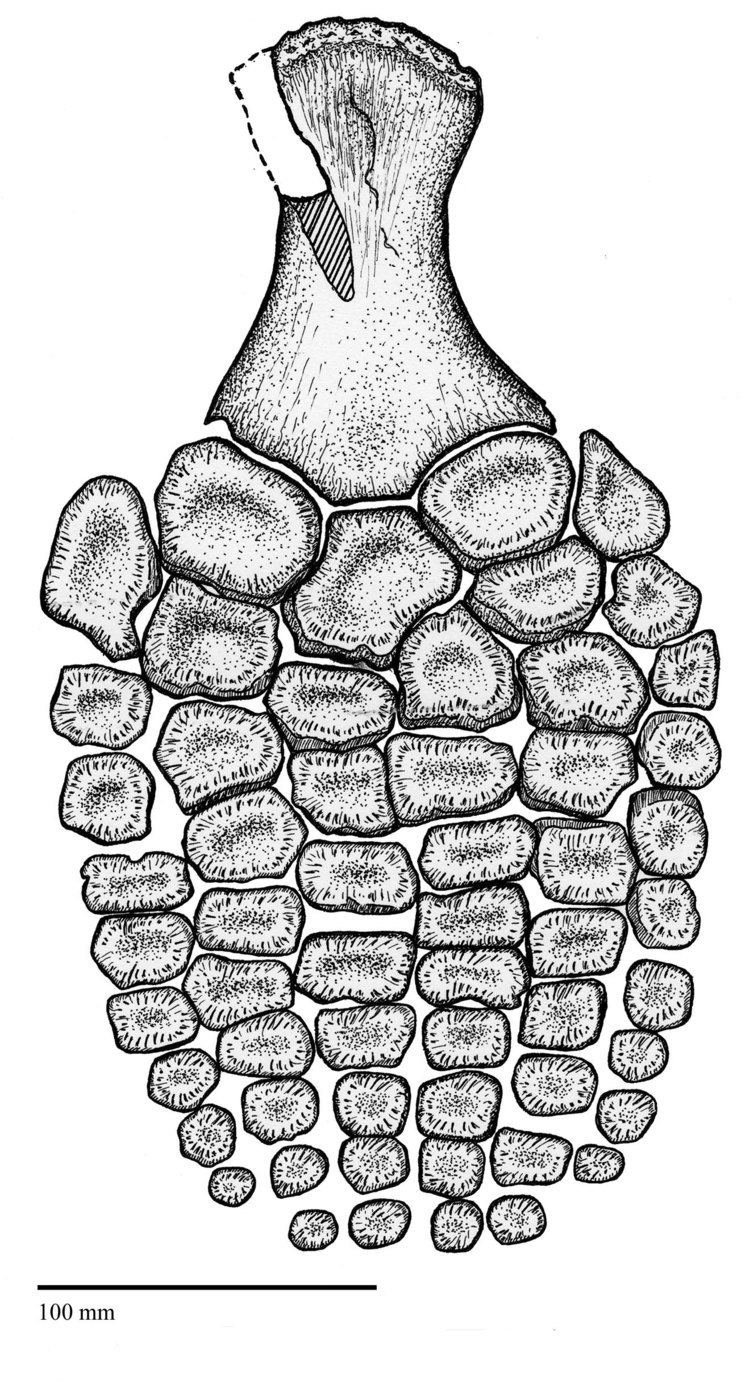
Richard Lydekker erected the species Ophthalmosaurus cantabridgiensis from the Cambridge Greensand (Albian, Early Cretaceous) of Cambridge, UK, on the basis of a humerus (NHMUK 43989). McGowan and Motani (2003) considered it to be a species of Brachypterygius, but a recent re-assessment of Cambridge Greensand ichthyosaurs found it to be a nomen dubium indeterminate beyond Ophthalmosaurinae.
